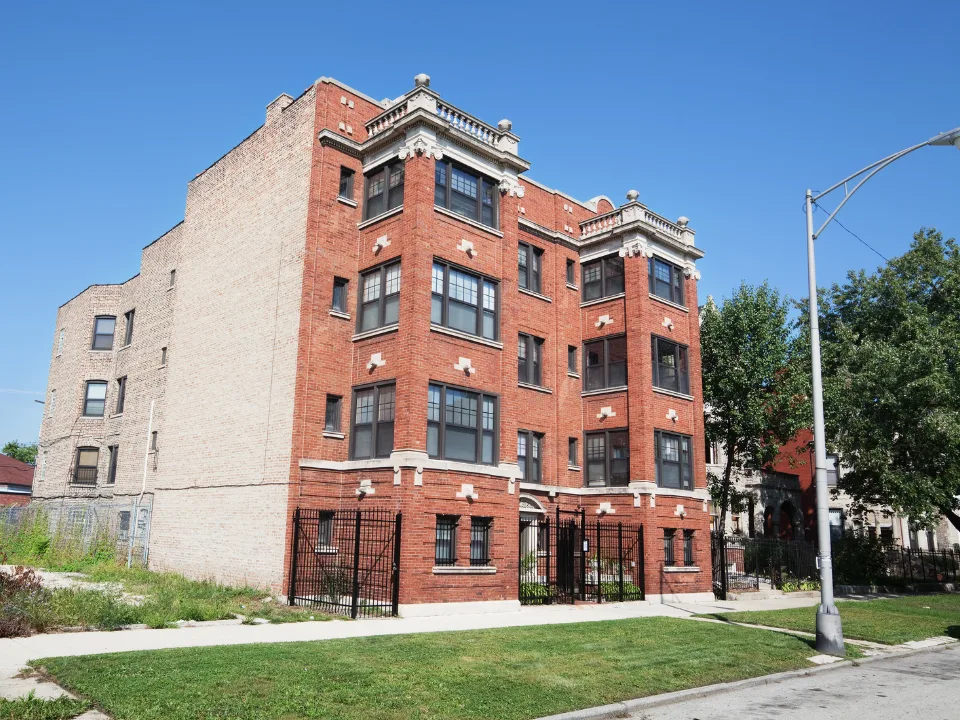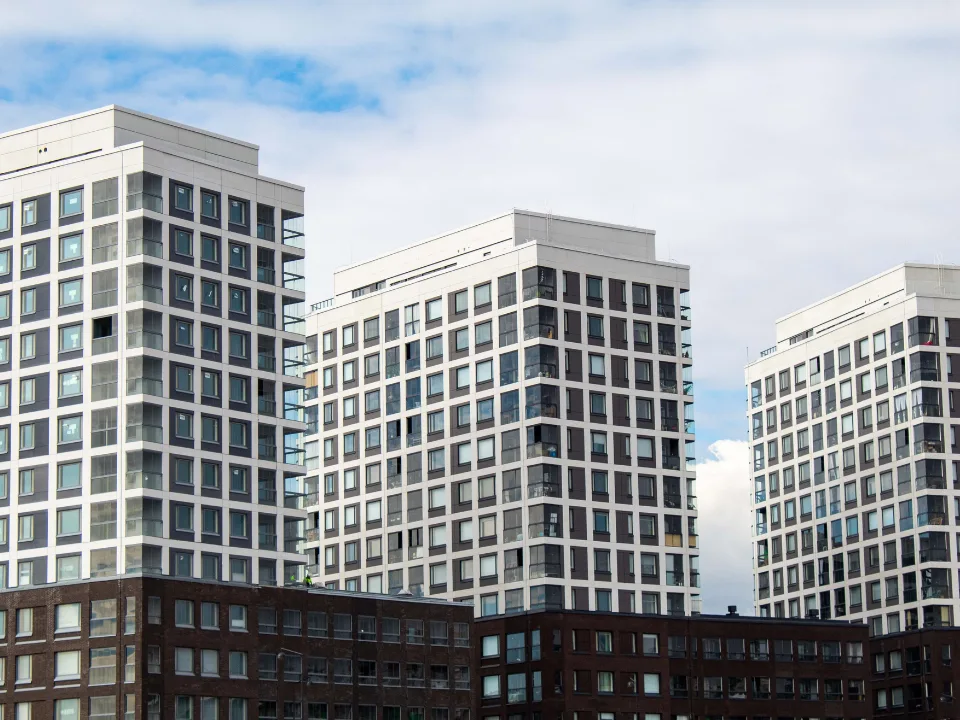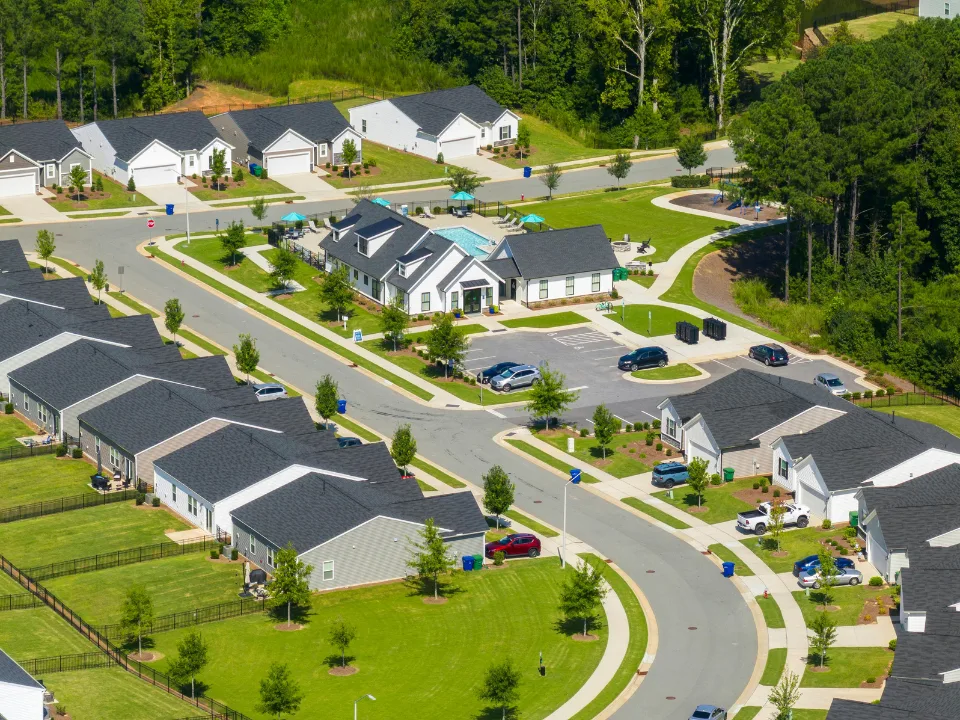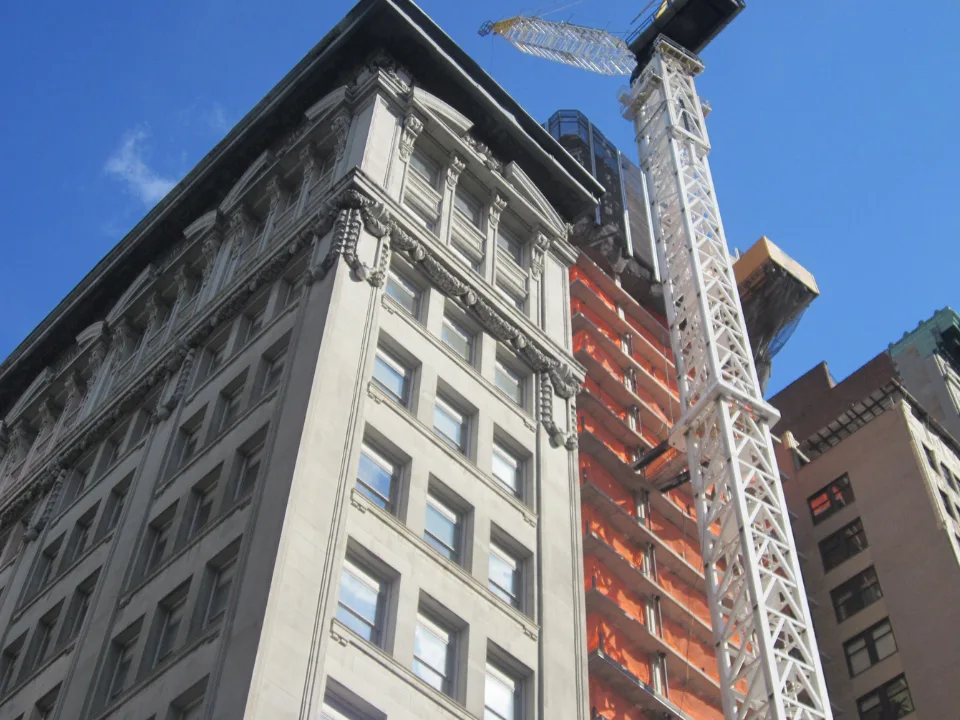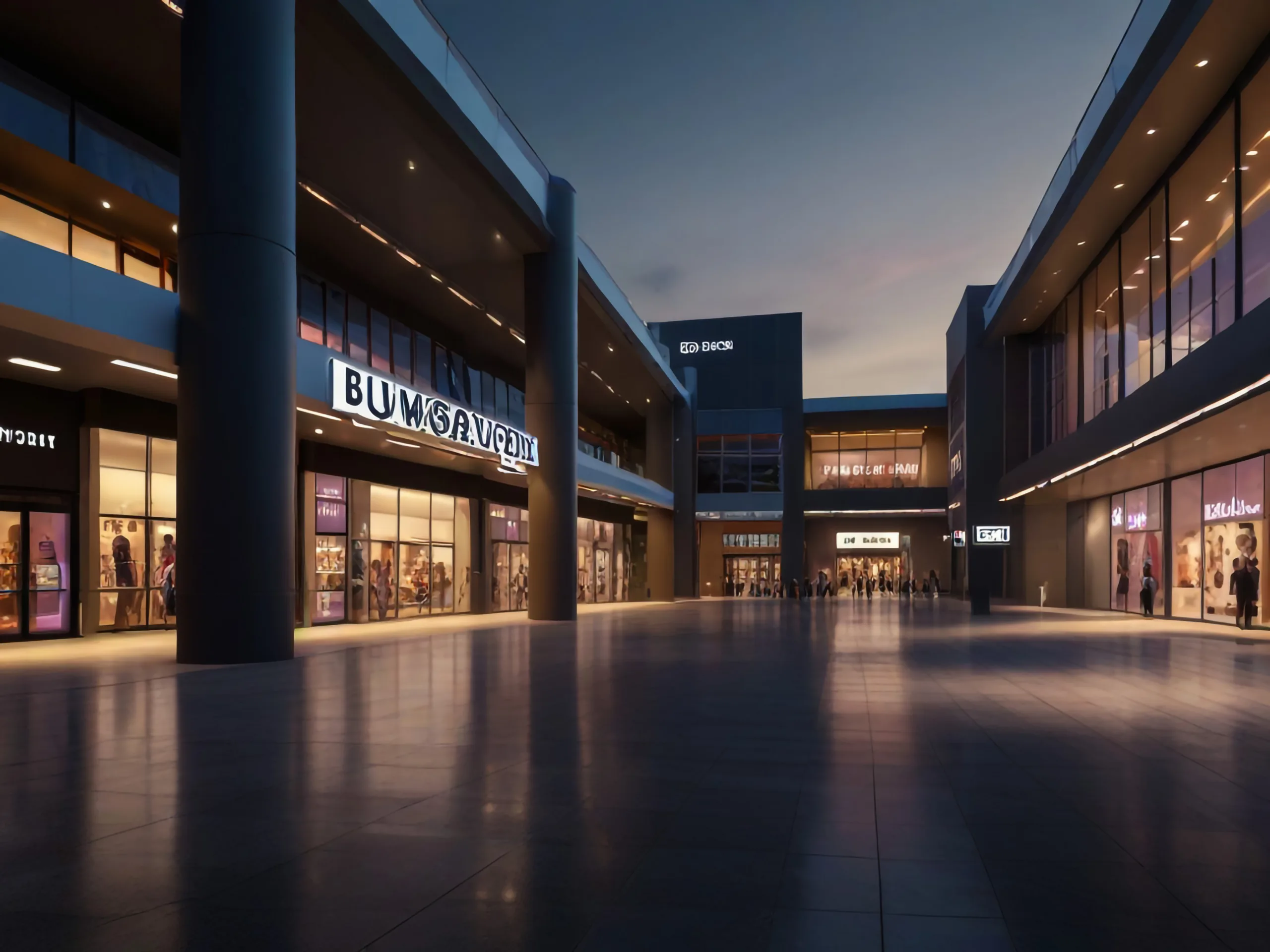- Office sector reversed its recovery in Q2, with negative net absorption of 16.3M SF and a record vacancy rate of 14.2%.
- Multifamily outperformed with over 136,000 units absorbed in Q2, driven by steady tenant demand and manageable new supply.
- “Flight to quality” and smaller deal sizes are shaping office leasing trends, while multifamily is seeing rent moderation and tenant-friendly incentives.
- Both sectors face headwinds like high interest rates and construction costs, but patient capital and strong operators may uncover long-term gains.
Office Stumbles Despite Early Momentum
According to Globe St, the US office market’s early-year momentum faded in Q2 as net absorption fell back into the red at negative 16.3M SF. This erased nearly a year’s worth of gradual recovery and pushed national vacancy rates to a new high of 14.2%.
Lee & Associates CEO Jeff Rinkov points to the widening performance gap between Class A properties and outdated B and C buildings. “Class A assets are holding up due to limited new supply and high demand for quality,” he said. Meanwhile, tenants continue to downsize, with the average deal size still 15% smaller than pre-pandemic norms.
Smaller metros like Boise, Greenville, and California’s Inland Empire are outperforming expectations, fueled by migration and affordability. But Rinkov stresses that office investments now require “a robust, patient capital base” and long-term vision to succeed in this changing landscape.
Get Smarter about what matters in CRE
Stay ahead of trends in commercial real estate with CRE Daily – the free newsletter delivering everything you need to start your day in just 5-minutes
Multifamily Remains a Bright Spot
In contrast, the multifamily sector maintained strong momentum with 136,007 units absorbed in Q2, as tenants remained active despite broader economic uncertainty. Rinkov says the market is entering a phase of normalization rather than decline.
New construction has slowed to more sustainable levels, rent growth has moderated, and tenant incentives are becoming more common. These shifts are providing renters with better deals while allowing the market to absorb recent inventory growth.
Looking forward, higher interest rates and labor costs may continue to limit development, giving the multifamily market time to catch its breath. Rinkov believes this will lead to a more fluid and transactional environment in the coming quarters.
Why It Matters
The split performance between office and multifamily demand illustrates the uneven effects of economic volatility across asset classes. Office remains challenged by structural changes in tenant demand, while multifamily continues to benefit from demographic tailwinds and shifting renter preferences.
What’s Next
While the office sector requires strategic repositioning and long-term commitment, multifamily is expected to remain steady. With favorable monetary policy and a gradual easing of inflation, both sectors could benefit from improved capital markets heading into 2026.
